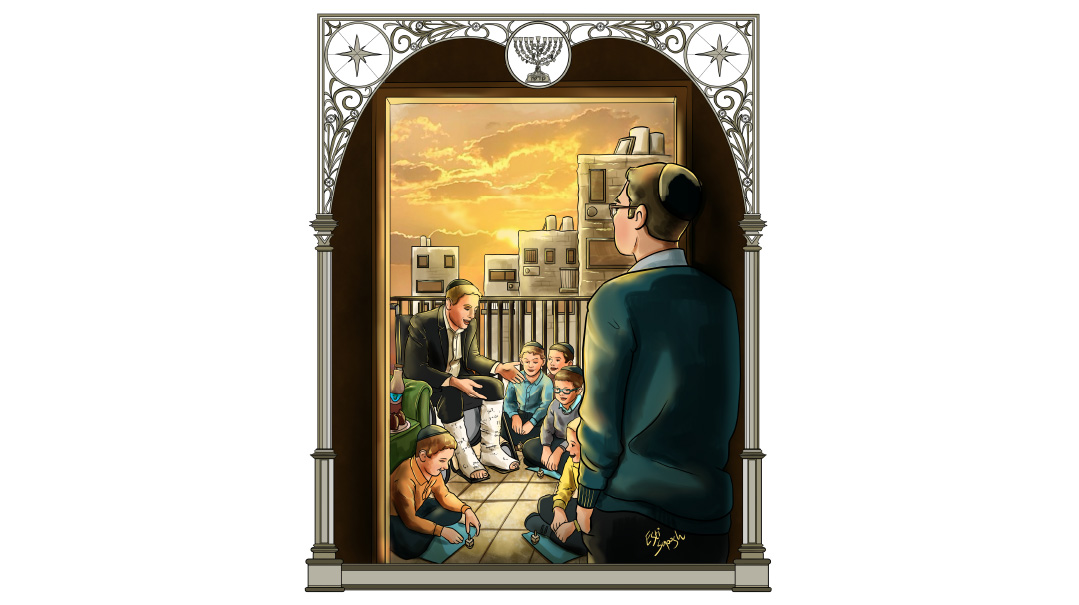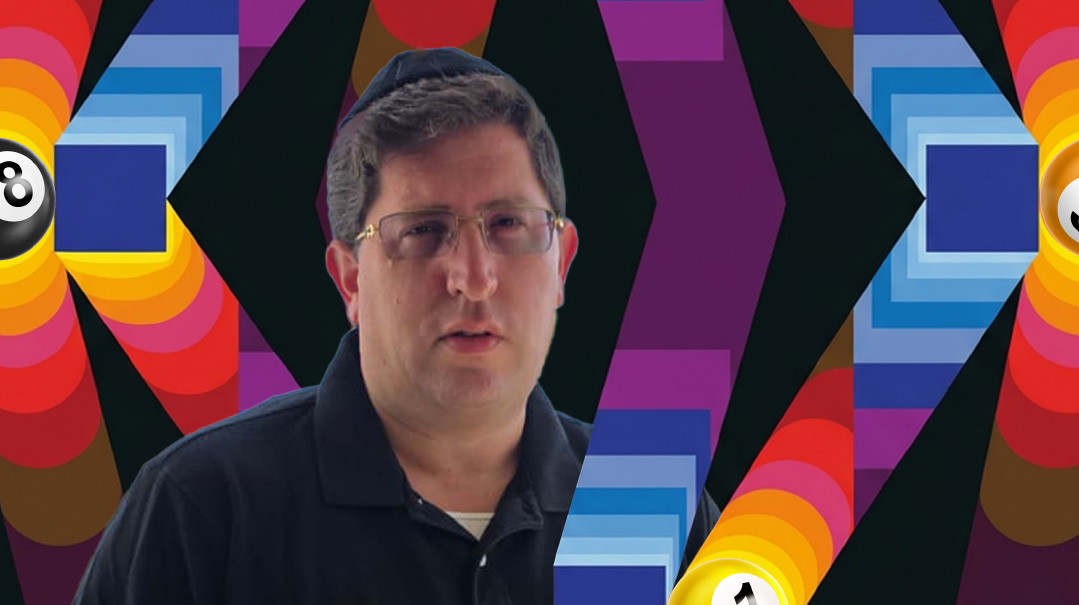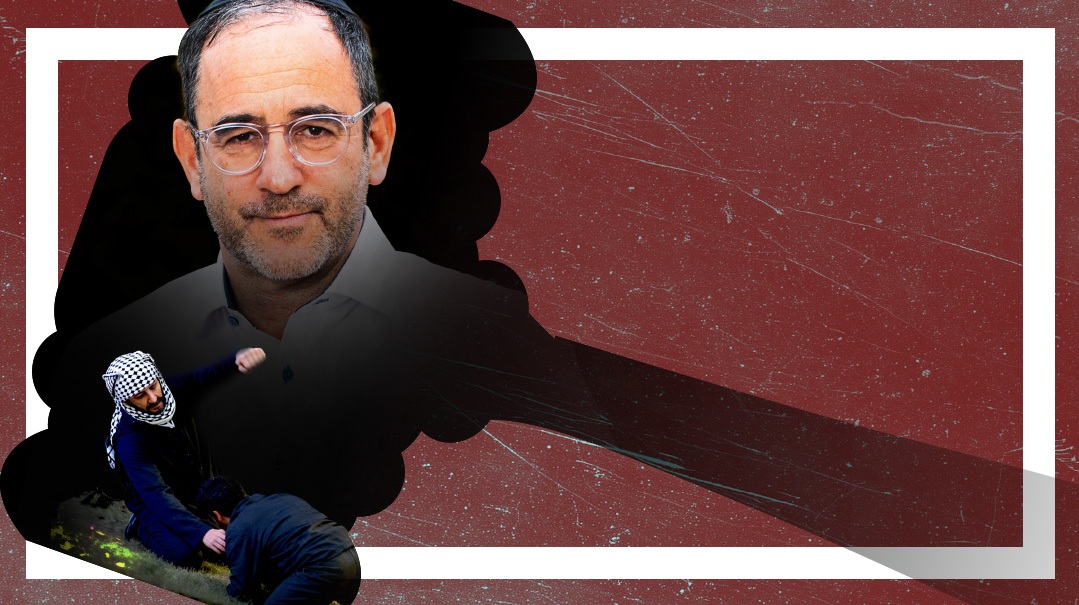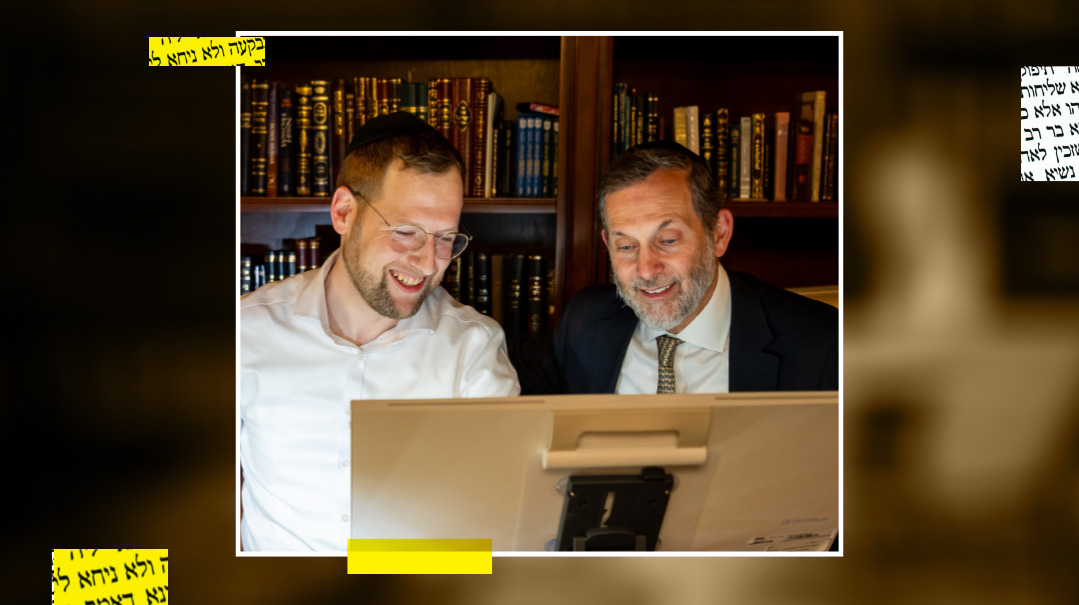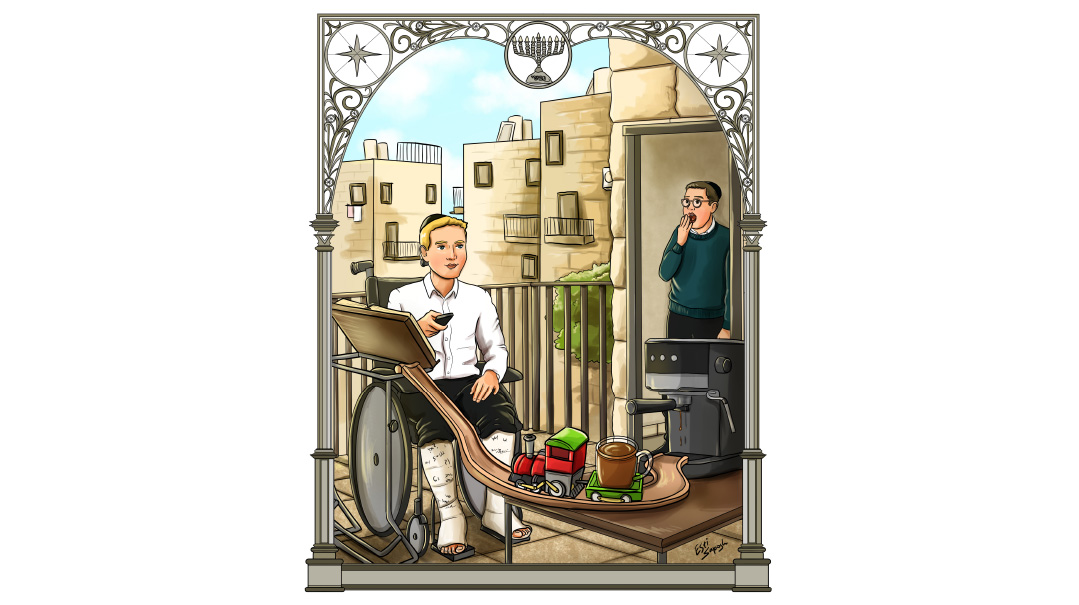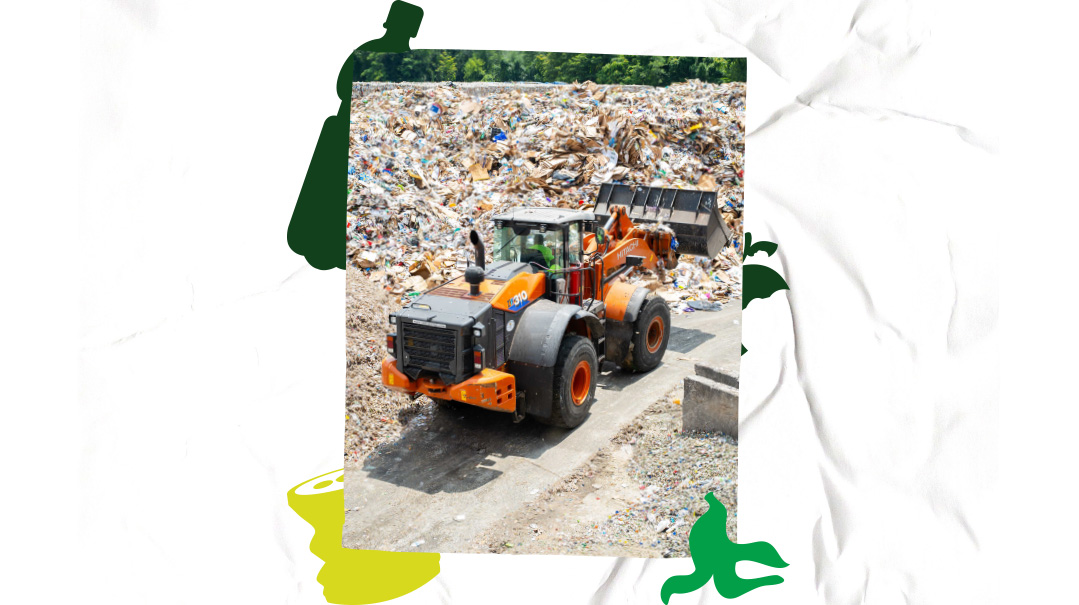Border Lines
| July 22, 2025Will Israel’s defense of its loyal minority torpedo the White House plans for a new Middle East?
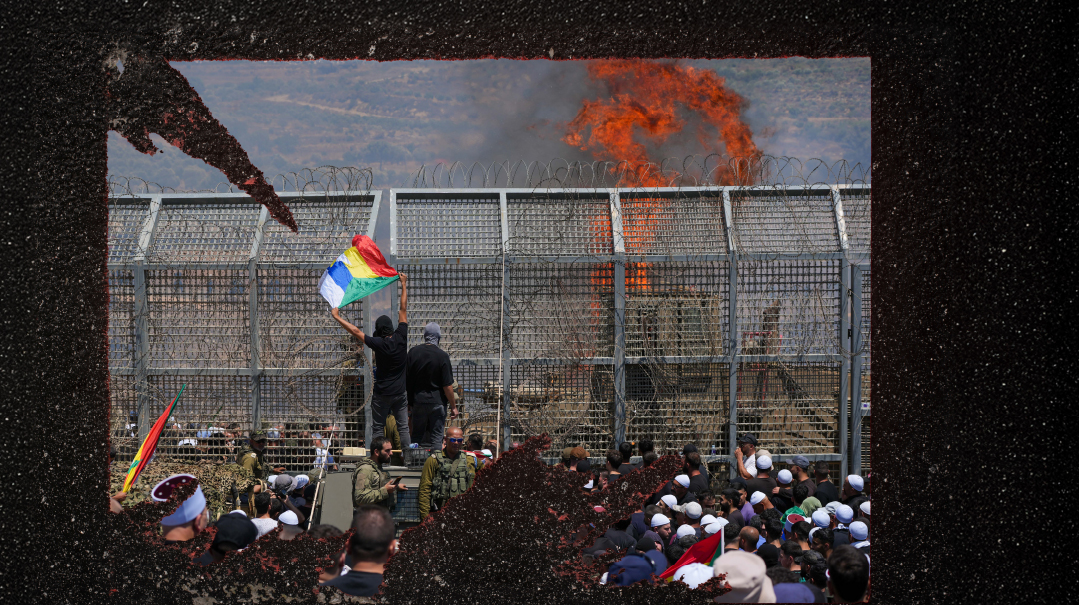
Photos: Flash90
The last thing Israel needs is to get bogged down in the Syrian quagmire, but what happens when over a thousand Israeli citizens — many of them experienced IDF combat soldiers — breach the border to protect their relatives being slaughtered by the new Syrian regime? Will the intervention on behalf of Israel’s loyal non-Jewish minority torpedo the White House’s big plans for a new Middle East?
Just minutes before midnight, the home of Sheikh Mowafaq Tarif, perched atop the Druze town of Julis in northern Israel, is bustling. In the spacious living room, middle-aged men pace with urgency, phones pressed to their ears, trading rapid updates.
It looks like a war room — because it is one.
Outside, two young men are exchanging and collecting names of the dead. The names keep coming in — from As-Suwayda, southern Syria. Nearly every family here has relatives there.
Just a week before my arrival, Bedouin militias — together with forces loyal to al-Julani’s so-called “Syrian Army” — stormed As-Suwayda, the capital of Syria’s Druze heartland. The result was swift and brutal: Hundreds were executed in the streets with unimaginable cruelty. Elderly men and sheikhs had their mustaches forcibly shaved in public as a form of humiliation. Homes were burned. What began as a local dispute —between a young Druze man and a group of Bedouin — rapidly escalated into a massacre that many residents say echoed the horrors of ISIS.
The cheers that rang out in December when Syria’s President Bashar al-Assad fell have now been replaced with desperate pleas for help. The Druze community in Syria had hoped the new regime would protect minorities. Instead, they found themselves under attack. Promises of inclusion were replaced by an attempt at forced Islamization.
Ahmed al-Sharaa, the new ruler who emerged from the ranks of Al-Qaeda’s jihadist networks, proved to be a wolf in sheep’s clothing. His pledges to protect minority rights vanished the moment the Druze refused to surrender their weapons and join his army. The response was calculated and cruel: a siege on the region, blocked access to food and medicine, and the deployment of forces alongside Bedouins in a vengeful campaign of terror.
The battles last week claimed the lives of hundreds of innocent civilians. Reports suggest over 300 were killed in the brutal clashes. The Druze — there are about half a million in the region — found themselves outnumbered, fighting for survival. Only Israel’s military intervention, including airstrikes in Damascus and southern Syria, secured a fragile ceasefire.
Julis is essentially the face of Israel’s newest — and most unexpected — battlefront, into which it has been sucked in without much choice. However, the reverberations of this latest conflict are likely to be far-reaching, both further afield in the region and all the way to the White House.
Sheikh Tarif, 71, the spiritual leader of Israel’s Druze community, has barely slept in a week. His living room has become a de facto crisis center, coordinating aid and updates from Syria. When I arrive, he is on the phone with officials in Washington while simultaneously receiving updates from As-Suwayda.
“We cannot stand by and watch our brothers be slaughtered,” he says, his voice shaking. “This isn’t just a connection of religion or ethnicity — it’s family.”
Oops! We could not locate your form.

